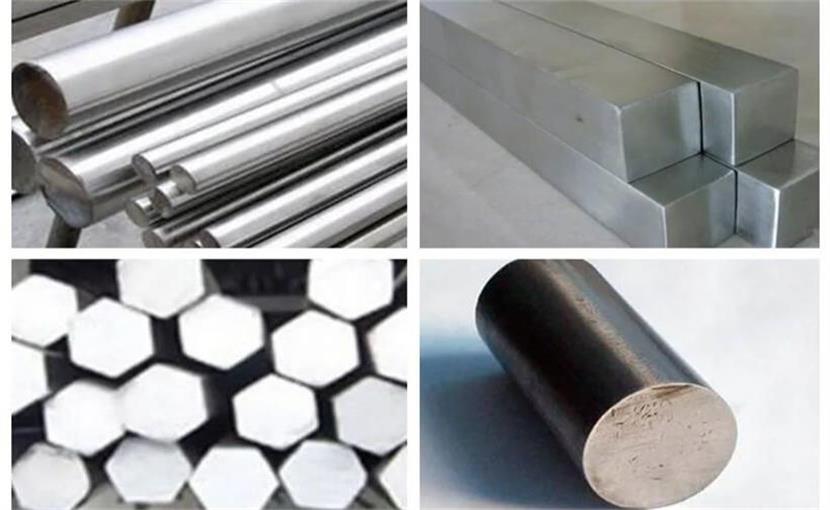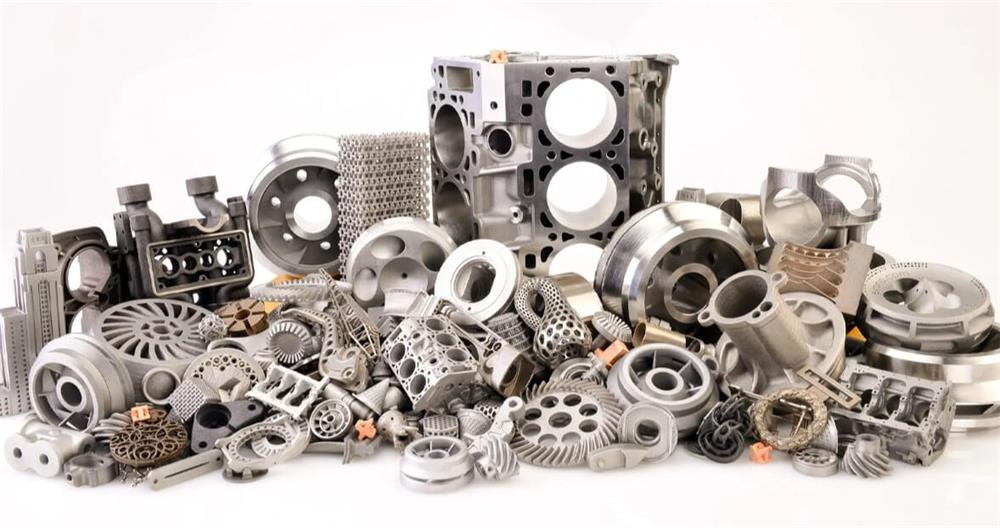Alloy steel vs stainless steel: differences, applications and selection guide
In modern industrial manufacturing, the selection of metal materials is crucial. Different metal materials have different properties, which directly affect the durability, safety and production cost of the product.
Alloy steel vs stainless steel are two common steel materials in industrial production. They have their own advantages and disadvantages and are widely used in many industries. From building structures to food processing equipment, from aerospace to automobile manufacturing, choosing the right metal material is the key to ensuring product quality and economic benefits.
Therefore, this article will discuss in detail the differences between alloy steel vs stainless steel from the aspects of composition, performance, application and selection criteria to help engineers, manufacturers and individuals make more reasonable material choices.
1.Basic overview of alloy steel vs stainless steel
Although alloy steel vs stainless steel are both steel materials, there are significant differences in their composition and properties.
(1) Definition and composition of alloy steel
Alloy steel is a steel with a certain proportion of alloying elements (such as Cr, Ni, Mo, Mn, V, etc.) added to ordinary carbon steel to improve its mechanical properties, corrosion resistance or other characteristics. Alloy steel is widely used in modern industrial production, playing a vital role from infrastructure to high-end manufacturing.

Main alloying elements and their functions:
Chromium (Cr): Improves hardness, wear resistance and oxidation resistance.
Nickel (Ni): Enhances toughness and reduces brittle fracture.
Molybdenum (Mo): Enhances high temperature strength and corrosion resistance.
Manganese (Mn): Improves hardness and enhances the hardenability of steel.
Vanadium (V): Refines grains and improves the strength and wear resistance of steel.
Silicon (Si): Enhances the elasticity and oxidation resistance of steel.
Alloy steel can be divided into low alloy steel, medium alloy steel and high alloy steel according to its composition. According to its use, it can also be divided into structural alloy steel, tool alloy steel and special purpose alloy steel. For example, alloy steel is widely used in bridges, construction, automobiles, ships, petrochemicals and other industries.
(2) Definition and characteristics of stainless steel
Stainless steel is a steel with a chromium content of ≥10.5%, which resists corrosion through a passivation film formed by chromium oxidation. Its main feature is excellent corrosion resistance, as well as good mechanical properties and processing properties.
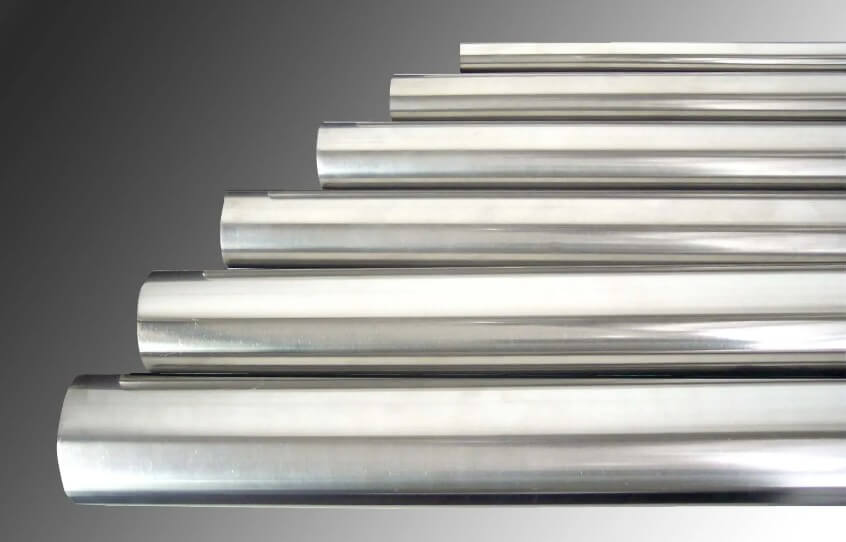
Main classification:
Austenitic stainless steel (304, 316): non-magnetic, best corrosion resistance, commonly used in food, medical and other industries.
Ferritic stainless steel (430, 446): magnetic, low cost, commonly used in home appliance industry.
Martensitic stainless steel (410, 420): heat treatable, high hardness, suitable for knives and industrial equipment.
Duplex stainless steel (2205, 2507): high strength, corrosion resistance, suitable for marine and chemical environments.
Austenitic stainless steel is widely used in food processing, medical equipment, aerospace, chemical industry and other fields due to its strong corrosion resistance, while martensitic stainless steel is used in high-load components such as knives and bearings due to its high hardness.
2.The core difference between alloy steel vs stainless steel
Although alloy steel vs stainless steel are both alloy materials, they have significant differences in many aspects:
(1) Composition difference
The composition of alloy steel depends on the specific application. It may contain different proportions of chromium, nickel, molybdenum, manganese and other elements, but its main components are still iron and carbon.
The core feature of stainless steel is that the chromium content is not less than 10.5%, which enables it to form a dense protective film of chromium oxide on its surface, thereby enhancing its corrosion resistance.
(2) Corrosion resistance
Alloy steels are generally less corrosion-resistant than stainless steels, especially in humid environments or chemical media. Although some high-alloy steels (such as those containing nickel and chromium) can improve corrosion resistance, they are still not comparable to stainless steel.
Stainless steels can maintain good corrosion resistance in humid environments, marine climates or chemical industries due to their high chromium content.
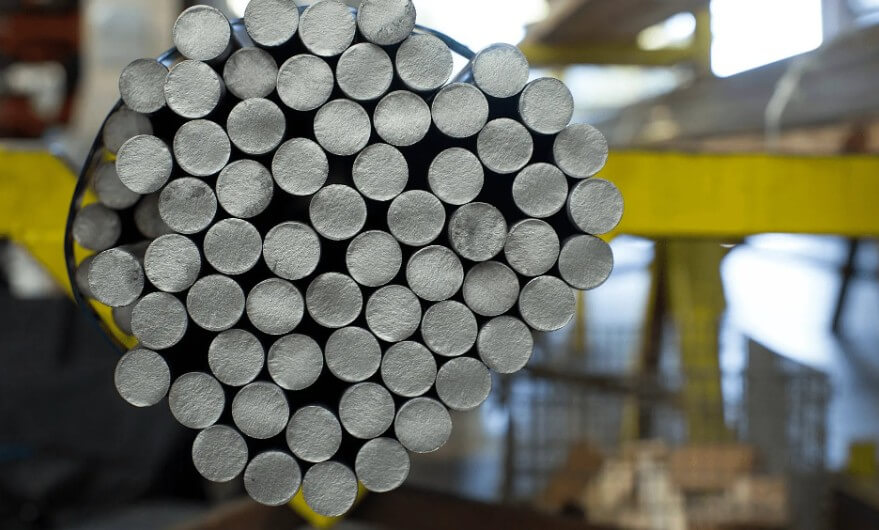
(3) Mechanical properties
Alloy steels generally have higher strength, hardness and wear resistance, so they are often used in high-load industrial equipment.
Although stainless steel also has good strength, its main advantage lies in corrosion resistance rather than extremely high hardness or wear resistance.
Here are specific performance comparisons:

(4) Machinability
Alloy steels can adjust their hardness and strength through heat treatment, so they have higher processing flexibility.
Stainless steels are generally more difficult to process than alloy steels due to their greater toughness, requiring special cutting tools and techniques.
(5) Cost
The price of alloy steel varies depending on the alloy content. Generally speaking, it is cheaper than stainless steel.
The price of stainless steel is higher, but due to its strong corrosion resistance, it can reduce maintenance and replacement costs in some application scenarios.
From the above analysis, it can be seen that alloy steel vs stainless steel each have their own advantages, and the specific choice depends on the application requirements.
3.Alloy steel vs stainless steel: comparison of typical applications
(1) Application of alloy steel
Alloy steel is widely used in the following fields:
1) Heavy machinery manufacturing:
Such as construction machinery, excavators and mining equipment, the high strength and wear resistance of alloy steel make it an ideal material.
2) Aerospace:
Aircraft landing gear, turbine engine components, rocket structures, etc. all use high alloy steel to improve high temperature resistance.
3) Automobile manufacturing:
Alloy steel is used in the transmission system, chassis components and suspension system of automobiles to enhance impact resistance.
4) Shipbuilding industry:
Hull structure, propulsion shaft, etc. require high-strength corrosion-resistant materials, some of which use high alloy steel.
5) Energy industry:
High-strength alloy steel is commonly used in bearings of wind turbines and reactor vessels of nuclear power plants.

(2) Application of stainless steel
Stainless steel is dominant in the following industries:
1) Food processing and medical equipment:
For example, kitchen utensils, pharmaceutical equipment and surgical instruments require corrosion-resistant and easy-to-clean materials.
2) Building decoration:
Stainless steel has a beautiful appearance and is widely used in building curtain walls, elevator decoration and interior decoration.
3) Chemical and marine industry:
Due to its strong corrosion resistance, stainless steel is used in oil industry parts, chemical storage tanks, pipelines, ships and other facilities.
4) Electronic equipment:
Stainless steel is used to manufacture high-precision instrument housings to ensure corrosion resistance and long-term stability.
5) Medical industry:
Scalpels, dental instruments, and MRI equipment components all use high-grade stainless steel to ensure sterility and corrosion resistance.
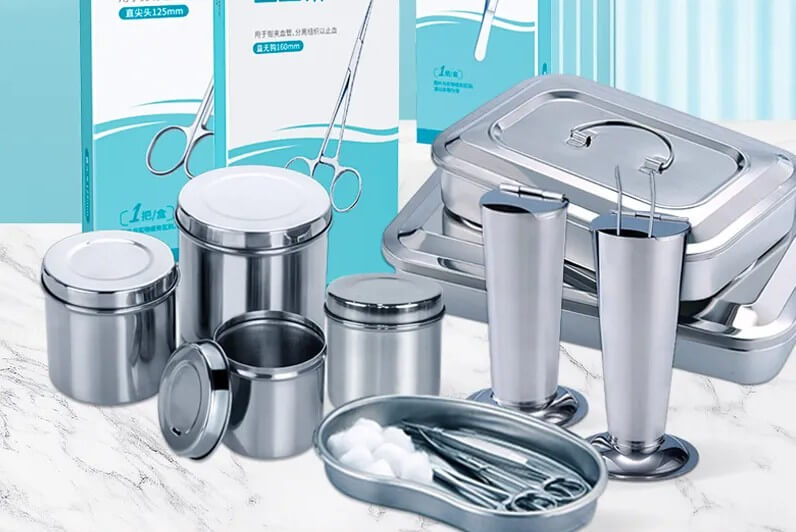
4.Why choose alloy steel? What are its advantages?
(1) High strength and wear resistance:
Alloy steel can obtain extremely high strength and wear resistance through heat treatment, and is suitable for high-load and high-impact application scenarios, such as automobile manufacturing, bridge structures, heavy machinery, etc.
(2) Relatively low cost:
Compared with stainless steel, alloy steel is more economical in some cases, especially when high corrosion resistance is not required.
(3) Customizable performance:
The composition of alloy steel can be flexibly adjusted to meet different engineering needs, such as improving hardenability, high temperature resistance, corrosion resistance, etc.
(4) Widely used in structural and mechanical manufacturing:
Such as the automotive industry, shipbuilding, engineering machinery, etc., scenarios with high material strength requirements.
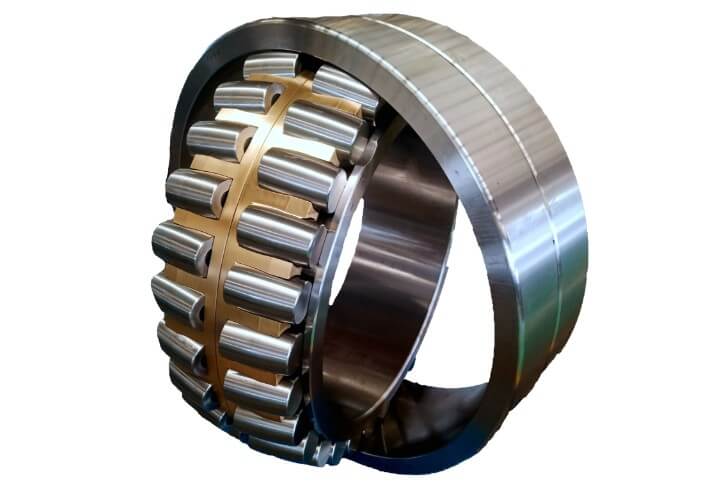
5.Why choose stainless steel? What are its unique advantages?
(1) Excellent corrosion resistance:
Stainless steel can resist corrosion in a variety of environments and is suitable for humid, chemical, marine and other environments.
(2) Low maintenance cost:
Since stainless steel has the ability to self-passivate, it does not require frequent coating or maintenance, and has a longer service life than alloy steel.
(3) Aesthetics and hygiene:
The smooth surface and good antibacterial properties make it an ideal choice for the food processing and medical industries.
(4) Good heat resistance:
Austenitic stainless steel maintains good strength and oxidation resistance in high temperature environments.

6.Similarities between alloy steel vs stainless steel
(1) Iron-based alloys:
Both are mainly composed of iron and improve specific properties through alloying.
(2) Properties can be adjusted through heat treatment:
Although there are fewer heat treatment methods for stainless steel, some stainless steels (such as martensitic stainless steels) can adjust their hardness and strength through quenching and tempering.
(3) Widely used in engineering and manufacturing:
In industries such as automobiles, construction, and aerospace, alloy steels and stainless steels are often used in a complementary manner.
(4) High strength and durability:
Both alloy steels and stainless steels can provide high strength, with alloy steels emphasizing structural strength and stainless steels emphasizing corrosion resistance and aesthetics.
7.Alloy steel vs stainless steel: How to choose the right material for you?
(1) When to choose alloy steel:
If your application requires higher strength, toughness or wear resistance, such as bridges, mechanical parts, automotive parts, etc.
If the budget is limited and you want to reduce material costs, but the corrosion resistance is not high.
If the parts need to be heat treated to optimize performance.
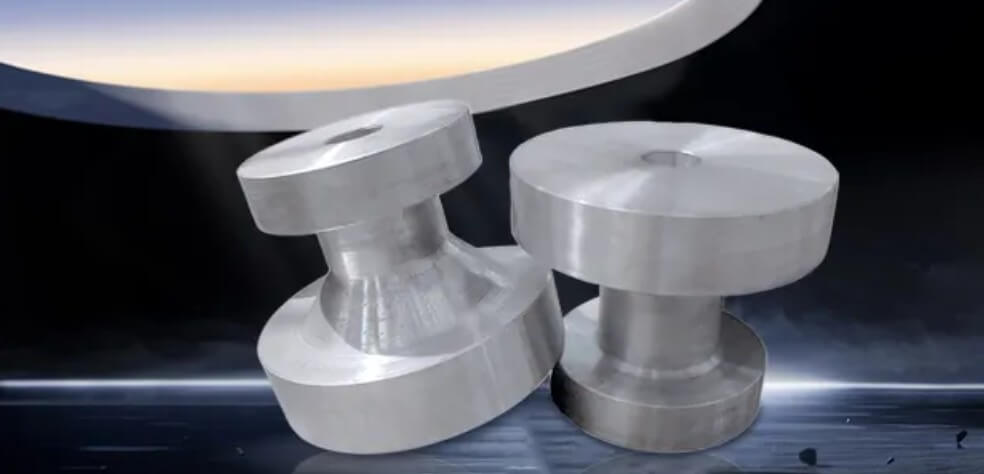
(2) When to choose stainless steel:
If the application environment is humid or corrosive media exists, such as food processing, chemical industry, and marine environment.
If a longer service life is required and maintenance costs are reduced.
If aesthetics and hygiene are critical, such as medical equipment and kitchen equipment.
(3) Choices in special cases:
High temperature environment: such as boilers and pressure vessels, chromium-molybdenum alloy steel or high-temperature stainless steel (such as 310S) is recommended.
Extreme corrosion resistance requirements: such as chemical pipelines, super stainless steel (such as 904L) or Hastelloy can be selected.
High strength and wear resistance scenarios: such as mining machinery and engineering machinery, high strength alloy steel or martensitic stainless steel can be selected.
7.Conclusion
Alloy steel vs stainless steel each have their own advantages. Alloy steel is known for its high strength, good wear resistance and low price, while stainless steel is known for its excellent corrosion resistance, good aesthetics and low maintenance cost. When selecting materials, manufacturers should comprehensively consider environmental conditions, mechanical requirements and economic costs to ensure the best balance between product performance and economy.

